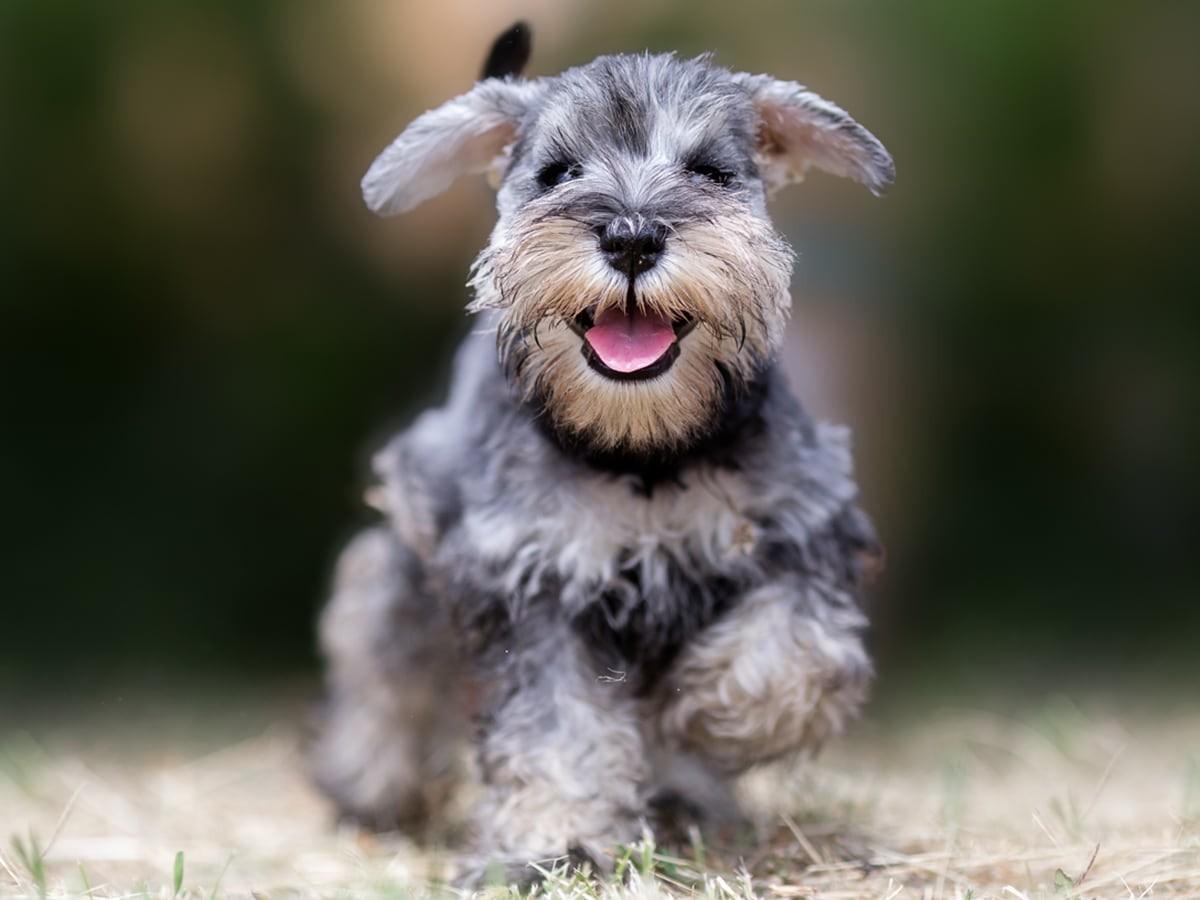
Schnauzer
The schnauzer we’ll be discussing the most is the standard schnauzer. They’re considered the oldest schnauzer breed, while the other two developed later as time went on. They’re in the middle, both size and temperament-wise. The smallest schnauzer breed is the miniature schnauzer. The giant schnauzers were bred to help drive cows.
Breed Profile
Height
Male: 18.5-19.5
Female: 17.5-18.5
Inches
Weight
Male: 35-50
Female: 30-45
Pounds
Life Span
Standard: 13-16
Years
Health
health
Hip Dysplasia
What is it?
When a pup has hip dysplasia, it means that their hip joint is malformed.
Clinical signs:
Smaller range of motion and activity avoids climbing stairs or jumping on furniture, limping/stiffness, lameness in the hind end, pain, swaying gait, grating in the affected joint, loss.
Treatment:
Weight loss, glucosamine, joint fluid modifiers, supplements, anti-inflammatory medication, surgery, restricting daily exercise.
Other risks:
Loss of function in joint due to deterioration. Complications during surgery.
Amount a Spot accident & illness plan would cover*
*Hypothetical reimbursement examples illustrate reimbursement of an eligible vet bill at the noted reimbursement rate, assuming the annual deductible had already been met.
Eligible vet bill
$14,000
*Hypothetical reimbursement examples illustrate reimbursement of an eligible vet bill at the noted reimbursement rate, assuming the annual deductible had already been satisfied and the annual coverage limit has not yet been met. Annual deductible, co-insurance, benefit and coverage limits, and exclusions may apply. Eligibility may vary. Visit https://spotpet.com/sample-policy for full terms. For Canada enrollments only, reimbursement rate is based on the pet's age.
health
Dilated Cardiomyopathy
What is it?
Schnauzers are predisposed to Dilated Cardiomyopathy (DCM), a condition where the walls of the ventricle weaken and become thinner causing the heart to enlarge.
Clinical signs:
Arrhythmia, weakness, fainting, collapse, can’t handle physical stress, coughing.
Treatment:
Therapy, ACE-inhibitors, medication.
Other risks:
Internal scarring, invalidity, oedemas.
Eligible vet bill
$2,400
*Hypothetical reimbursement examples illustrate reimbursement of an eligible vet bill at the noted reimbursement rate, assuming the annual deductible had already been satisfied and the annual coverage limit has not yet been met. Annual deductible, co-insurance, benefit and coverage limits, and exclusions may apply. Eligibility may vary. Visit https://spotpet.com/sample-policy for full terms. For Canada enrollments only, reimbursement rate is based on the pet's age.
Personality
Protective
A giant schnauzer is more protective than its smaller relatives.
Affectionate
The mini schnauzer is a more affectionate pup. They enjoy playing and being with you.
Intelligent
All schnauzers need some form of mental stimulation. The larger schnauzer breeds would do well with a job to do.
Energetic
Your schnauzer will enjoy things like agility training, guarding your home and family, or another job.
Lifetime Care
Coat
They have a distinctive look with their wiry coat, and they’re hard to miss.
Colors
Salt and pepper, black.
Hypoallergenic
Yes, schnauzers are hypoallergenic.
Grooming
A monthly washing, especially their beards, paws, and legs, regular teeth brushing, and regular nail clipping.
Training
It may help to make a game out of training or use treats.
Lifetime Care Cost:
Approximately $26,585.
Learn more about the cost of caring for a Schnauzer.
Schnauzer life stages
Puppy: Birth to one year. Adorably small, the schnauzer puppy will begin its life journey by sleeping a lot and playing a lot. All that sleep means they have more energy when they’re awake.
Adult: 1 year to 10.5 years. Having reached adulthood, a properly trained schnauzer should be able to do whatever job you want them to.
Senior: 10.5 years to end of life. As your pup gets on in years, you might notice them becoming less energetic and sleepier. It’s to help them conserve energy and rest themselves after being really active for so long.


